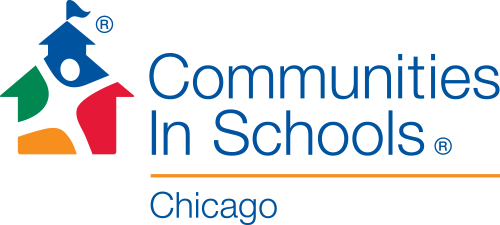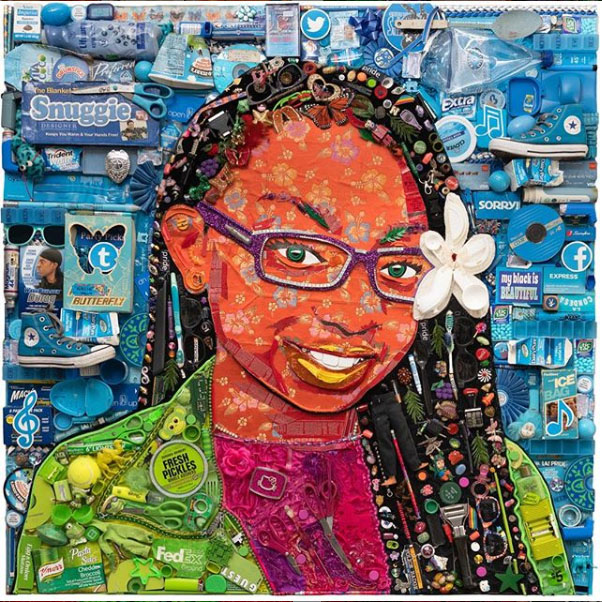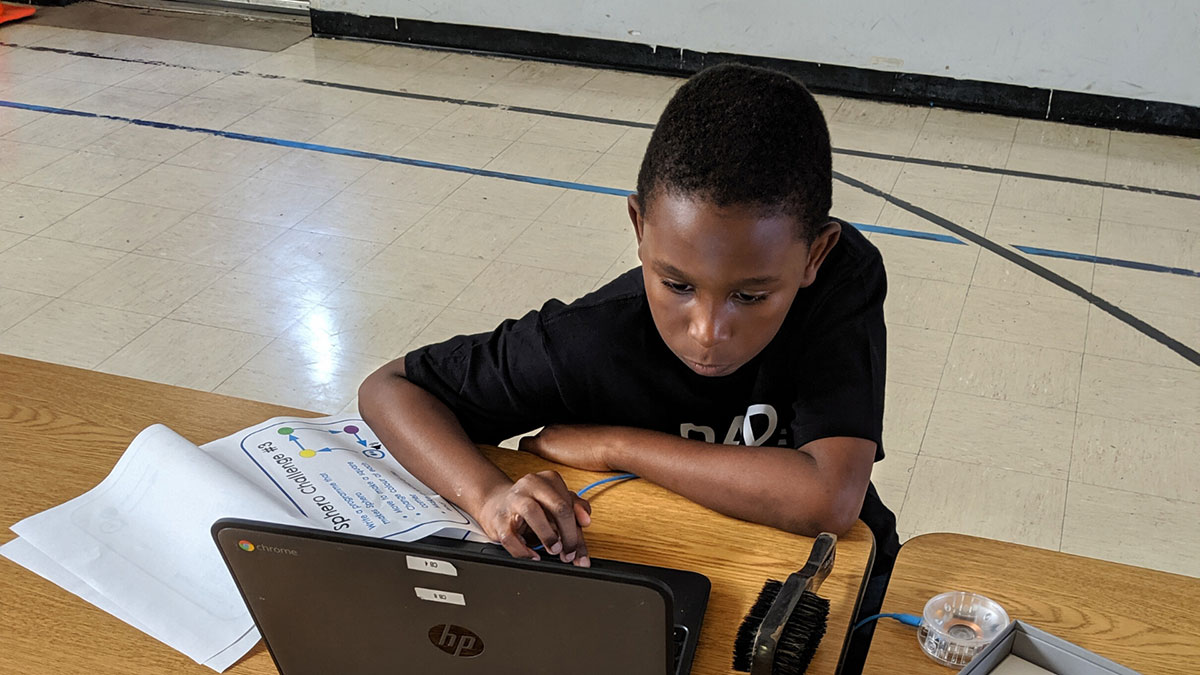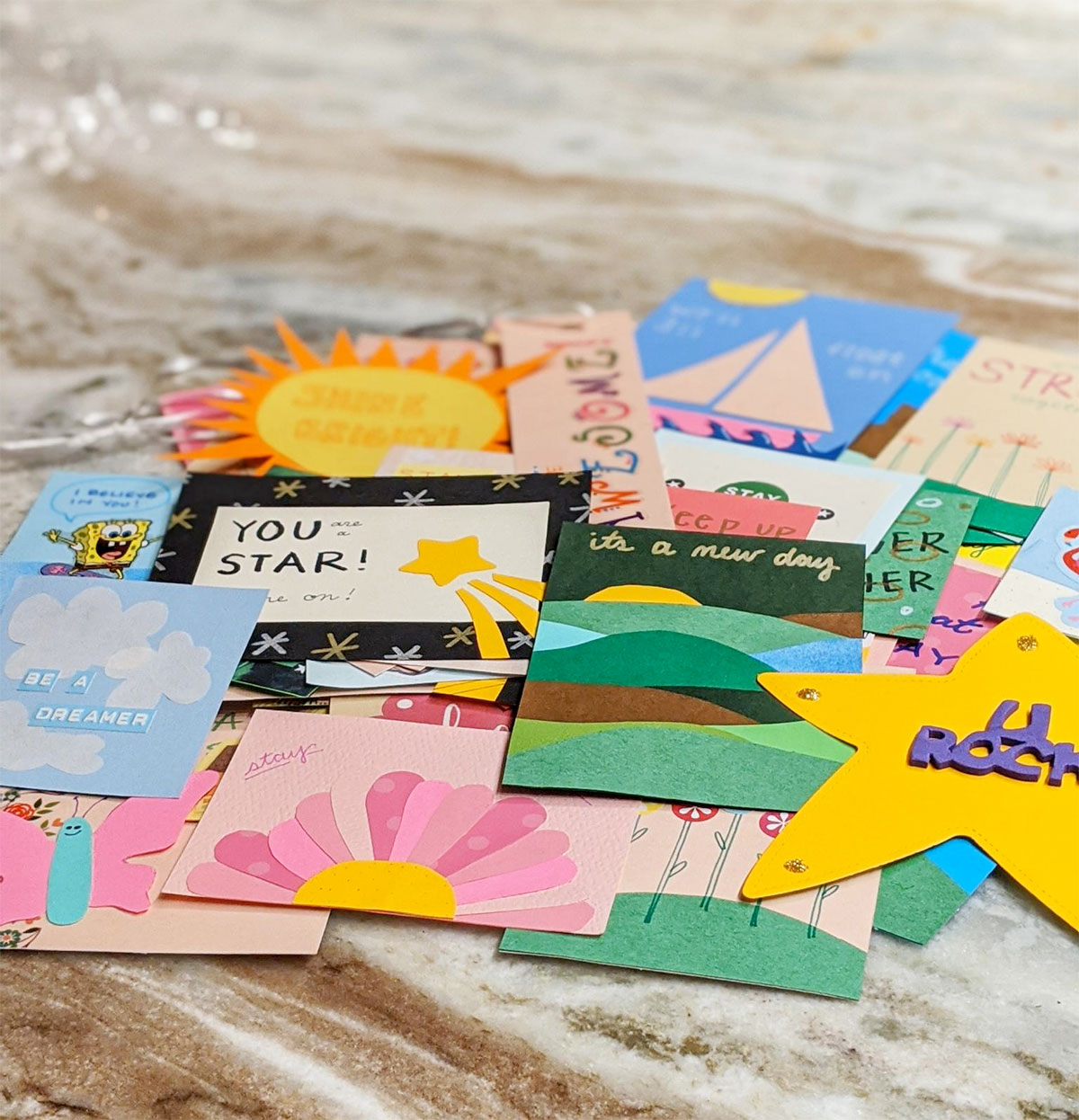In its 2020–21 remote learning plan, Chicago Public Schools identified that supporting students’ social and emotional wellbeing — and that of their families — was a key priority as we embark upon this school year. “During this time of uncertainty and disruption, our students may feel a sense of loss, grief, anxiety, and depression,” the plan states, “while students who are exposed to chronic stress and trauma are especially vulnerable.”
But how can educators respond to this key priority and foster a sense of belonging for students, in addition to teaching academic curricula? That’s where Together for Students comes into play. Together for Students is a three-year initiative that focuses specifically on fostering young people’s social and emotional learning (SEL).
In Chicago, Together for Students brings together three organizations — Communities In Schools (CIS) of Chicago, Chicago Public Schools, and Thrive Chicago — and as the representative for CIS of Chicago, I work with my counterparts to help integrate social and emotional learning strategies, both inside and outside the classroom.
Supporting educators in social and emotional learning was important for student success before the pandemic, but amid remote learning and the stress that has bubbled up this school year, it’s now more crucial than ever. Through virtual trainings, e-newsletters, resource lists, panels, and more, my counterparts at the Together for Students initiative have brainstormed creative ways to keep students connected. And I’m proud to say that my colleagues at CIS of Chicago have employed many of these strategies throughout the remote learning period.
Here are some ideas we’ve gleaned from experience and discussion to help guide educators in SEL support this school year.
Student Support
Focus on one social-emotional learning competency as a daily theme each week.* For example:
Monday Mindfulness (self-awareness)
Tuesday Truth and Justice (social awareness)
Wednesday Wellness (self-management)
Thursday Thinking Ahead (responsible decision-making) and
Friday Friendship (relationship skills)
Host a virtual morning meeting, to create ways for students to build connections, even at home, whether it’s a check-in circle, social and emotional activities, or a group mindfulness or exercise session. This can also work as a virtual town hall or cafeteria safe space for high school students to have their voices heard.** My CIS of Chicago colleague Mimi Macbeth hosts a check-in group with middle school students at Doolittle Elementary to provide an open space for them to discuss their thoughts and concerns.
Record and share videos or audio clips with the announcements that students would usually hear over the intercom: birthday shout-outs, important resource information, updates on school policies, or classroom content.
Keep virtual, drop-in office hours for students to seek out human interaction. Another colleague, Keenen Stevenson, hosted virtual office hours when remote learning began at Cardenas Elementary, just in case students needed a friendly face to chat with.
Take your class on a virtual field trip through one of the many museums that are offering digital tours and add a scavenger hunt for students who explore individually. Regroup to share findings in a chat room or video conference session.
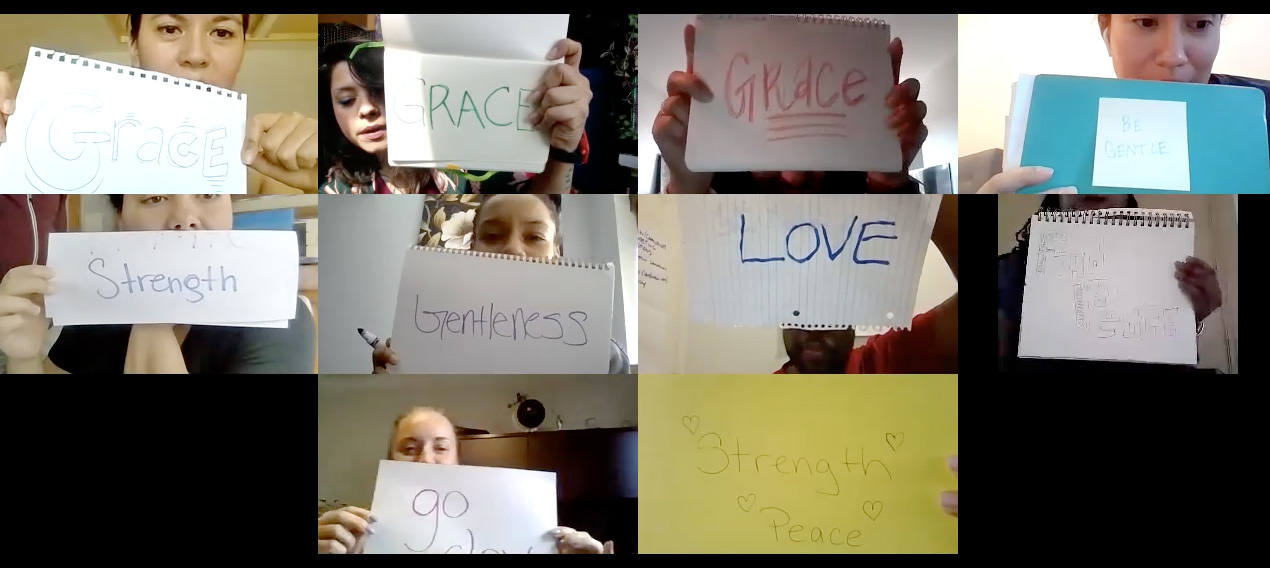
Staff Support
Host virtual lunch and learns around SEL for staff. Invite guest speakers or feature hot topics that can be covered in under an hour.
Gather staff virtually, by grade level, to coordinate SEL supports. This assures that students aren’t getting the same kinds of check-ins, soft skill activities, or reflection prompts — and that staff learn what/where they can build off another teacher’s work. At Phoenix Military Academy, my colleague Justen Boyd is coordinating social-emotional programming specifically for the tenth-grade team, based on the school’s needs.
If it works, share it across the school or network! One math teacher designated breakout sessions based on cat pictures. By the end of the week, cats were the go-to (and fun) way to organize students for small group work — and the students were loving it.***
Parent and Family Support
Create a drive or shared folder for SEL across campus, as well as one for parents and caregivers, that includes a resource or phone list for social services. In collaboration with the Behavioral Health Team at Hayt Elementary, my colleague Emma Heidorn is continuing to source and share a resource list this fall with school leaders and families.
Send daily or weekly video newsletters to families. Consider recording yourself reading a children’s book, conducting a science experiment in the kitchen, or demonstrating a DIY tip.
Special thanks to the following educators in the Chicago Public Schools Competency-Based Education network, who shared some of the ideas listed above during a virtual panel discussion:
*Nilufar Rezai
Professional School Counselor, Daniel Webster Elementary School
**Shannae Jackson
Principal, Gwendolyn Brooks College Preparatory Academy High School
***Julia Ciciora
Teacher, Gwendolyn Brooks College Preparatory Academy High School
